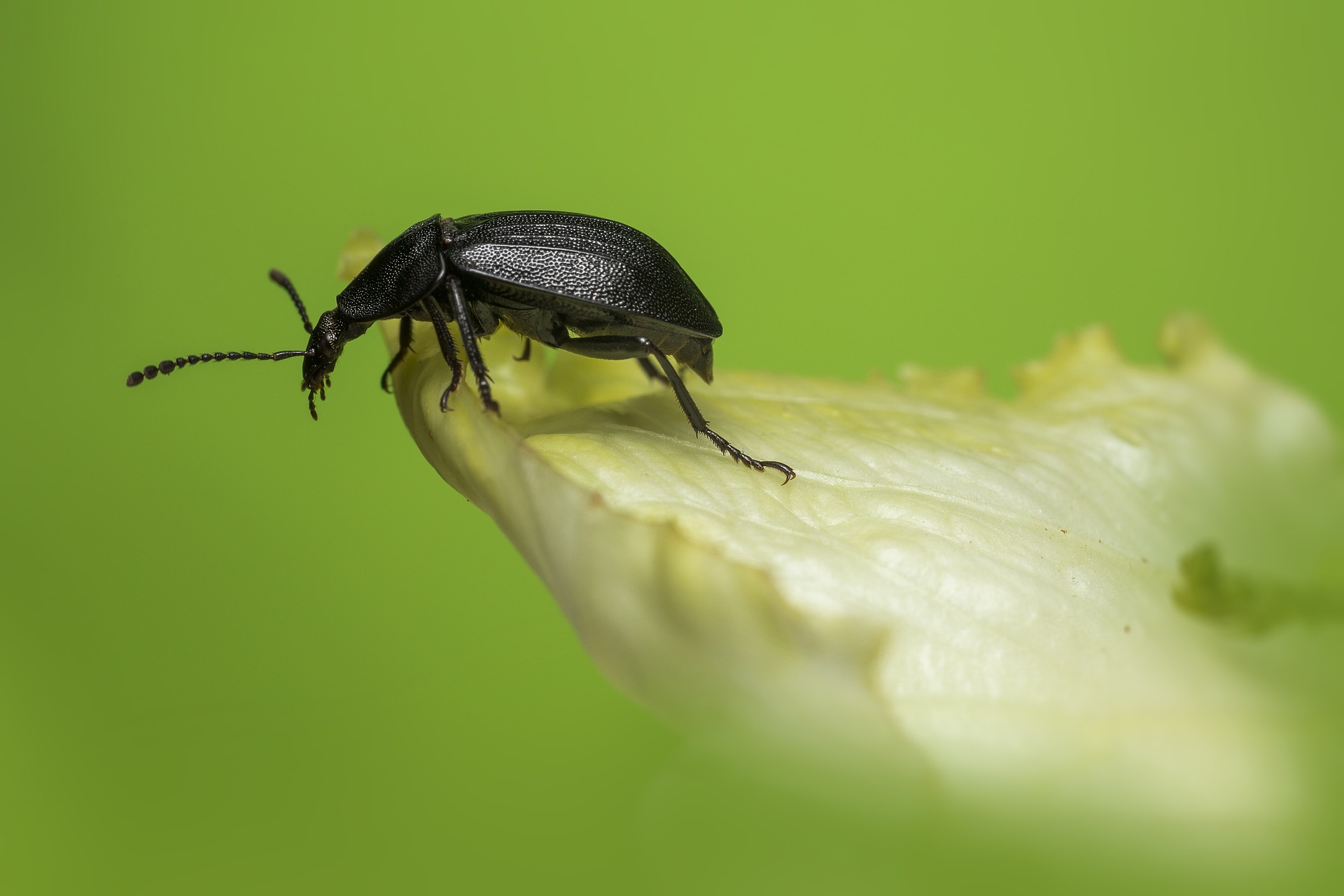Silpha atrata, commonly known as the Black Carrion Beetle, is a species of beetle belonging to the family Silphidae. This family is known for its members that often feed on carrion, aiding in the decomposition process. Here is an overview of Silpha atrata:
Appearance
- Size: Adult beetles are medium-sized, typically measuring around 10 to 14 millimeters in length.
- Coloration: They have a uniformly black or dark brown coloration, which is characteristic of their common name, the Black Carrion Beetle.
- Body Shape: The body is somewhat flattened and broadly oval, with a smooth and shiny surface. The elytra (wing covers) are slightly ridged.
- Antennae: The antennae are relatively short and clubbed, a common feature among carrion beetles.
Habitat
- Preferred Habitats: Silpha atrata is typically found in habitats where carrion is present, such as forests, grasslands, and sometimes urban areas. They are often found under dead animals or decaying organic matter.
- Geographic Range: This species is widely distributed across Europe and parts of Asia, inhabiting regions where suitable food sources and habitat conditions are available.
Behavior
- Feeding: Both adults and larvae feed on carrion, including dead animals and decaying organic material. They play a crucial role in the decomposition process and nutrient recycling in ecosystems.
- Reproduction: Females lay eggs on or near carrion, providing a food source for the hatching larvae. The larvae then feed on the carrion, growing and developing into pupae and eventually emerging as adults.
- Activity: Silpha atrata is primarily nocturnal, being most active during the night when they search for food and mates.
Ecological Role
- Decomposers: As decomposers, Black Carrion Beetles are vital for breaking down dead organic material, recycling nutrients back into the soil, and helping to maintain ecological balance.
- Forensic Importance: These beetles can be important in forensic entomology, helping to estimate the post-mortem interval (PMI) in legal investigations involving decomposing bodies.
Interesting Facts
- Defense Mechanisms: Like many carrion beetles, Silpha atrata can produce a foul-smelling secretion to deter predators.
- Lifecycle: The lifecycle from egg to adult is closely tied to the availability of carrion, with adults often emerging in spring and summer when animal deaths are more frequent.
Identification Tips
- Uniform Black Color: The uniform black or dark brown coloration of both the body and elytra is a key identifying feature.
- Habitat and Behavior: Observing their presence around carrion or decaying matter can aid in identification.
In summary, Silpha atrata is a carrion beetle species essential to the process of decomposition and nutrient recycling in its ecosystem. Recognizable by its black coloration and flattened body, it is commonly found around carrion and plays a significant role in breaking down dead organic material.
Visited 885 times, 7 visit(s) today
Views: 1979
Subscribe to the newsletter:
